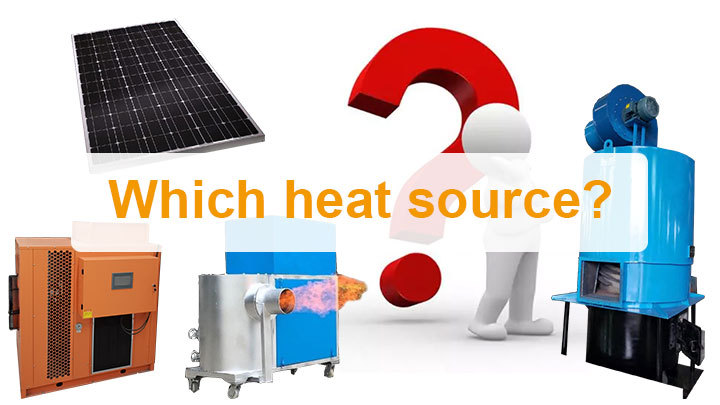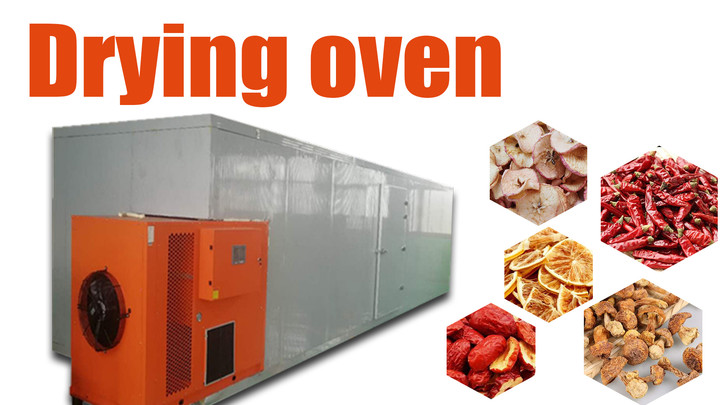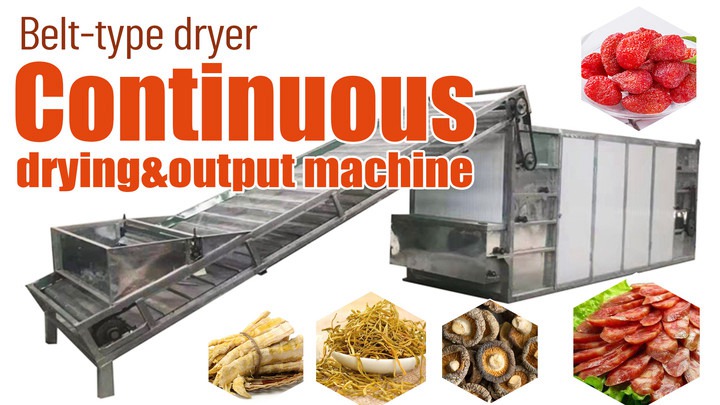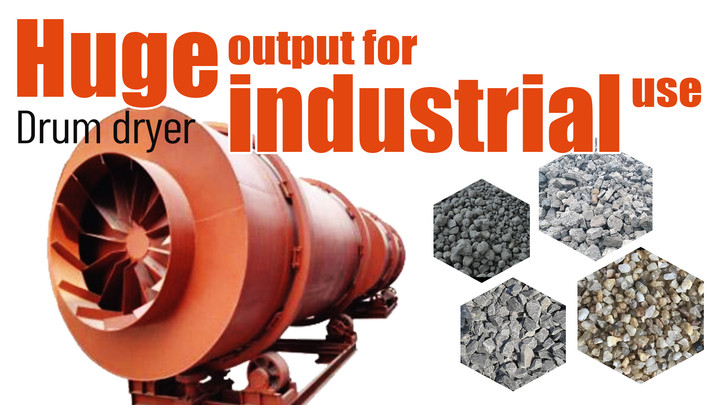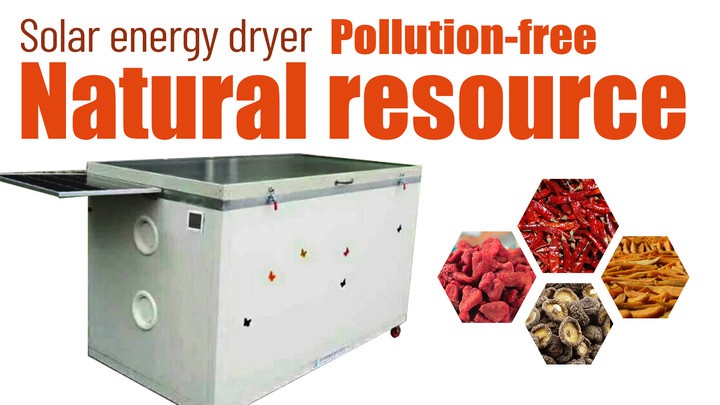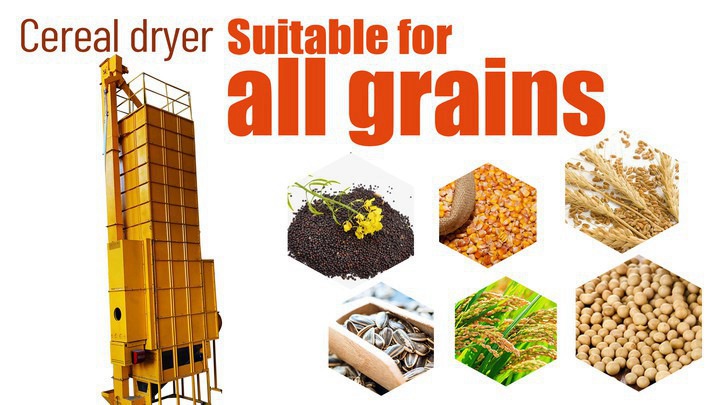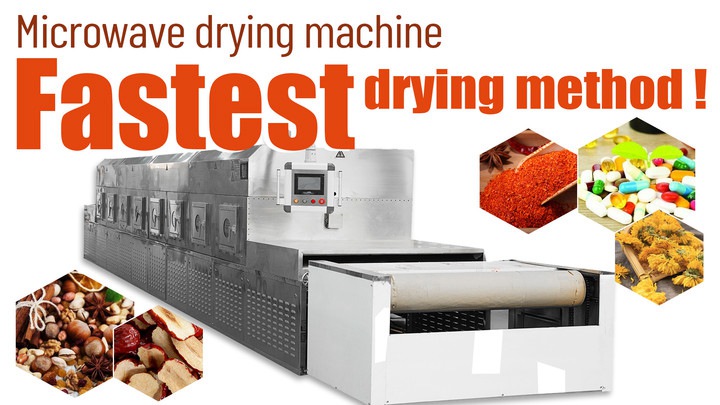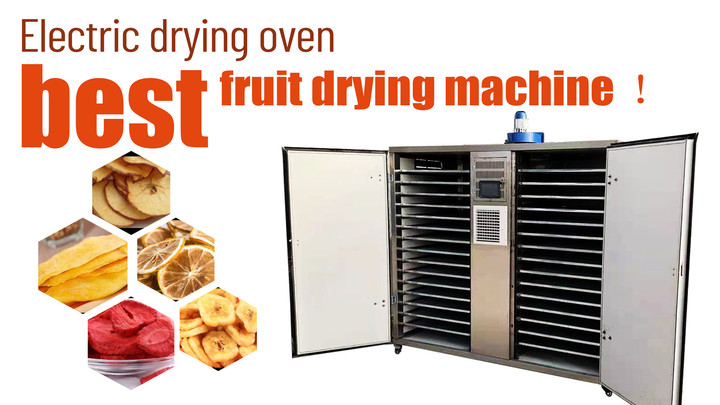
When you have something that needs to be dried, What approach would you take? Maybe the Sun-drying? No, traditional sunlight drying is already a very backward drying method. There are various modern dryers on the market, such as batch-type drying rooms, continuous belt dryers, industrial tumble dryers, and so on. Despite the dryer’s claim that everything can be dried, using different drying methods for different materials and choosing drying equipment that matches your needs can greatly improve your drying efficiency and produce a multiplier effect.
So how do you choose the suitable drying equipment? This requires you to consider the material types, material characteristics, output, heat source selection, economic benefits, etc. This article mainly describes some of the factors that should be paid attention to when purchasing a dryer, including the characteristics and applications of different types of dryers. Hope you can get useful help from this article on how to choose a suitable dryer for your own.
Factors to pay attention to when choosing a dryer
There are many factors that affect the choice of dryers, and different people may have different needs for dryers. Some people may pay more attention to product quality, and some people may prefer the economic benefits. Next, I will explain to you some relatively important factors when choosing a dryer.
The raw materials for different dryers

Material types:According to the type of raw materials that need to be dried, it can be roughly divided into food, grain, industrial supplies, daily necessities, etc.
- For food, we often choose 304 stainless steel machines to ensure product quality. Commonly used equipment includes electric ovens, drying rooms, and belt dryers.
- For grain products, such as corn, rice, soybeans, wheat and other grains, we have special vertical and drum-type grain dryers.
- For some industrial products such as gravel, river sand, sawdust, etc. The tumble dryer is the more commonly used option, which can also be used to dry animal manure and other high-humidity materials.
- For daily necessities, such as medicines, condiments, flowers and other materials, microwave drying is generally used to ensure the quality of the products.
Material characteristics: According to the characteristics of different materials, the material, heating method, and temperature range need to be adjusted accordingly.
- For some powdery, flake, and granular materials, hot air circulation drying method will cause the problem of material blowing. For these materials, we generally use microwave heating. During the microwave drying process, the materials are placed in a static state throughout the whole process, which has better applicability for these materials with small specific gravity.
- For flammable materials such as coal and charcoal, the temperature should not be too high, and specific temperature thresholds need to be set to prevent danger.
- The corrosiveness, abrasiveness, brittleness of the materials also need to be taken into account, and special anti-corrosion and abrasive-resistant drying equipment should be customized for these.
Type of heat source
Reasonable selection of the heat source not only needs to ensure the drying effect of the material, but also needs to consider other factors such as energy conservation, environmental protection, and cost reduction.
So how to choose a suitable heat source for the dryer? We have a specialized article to explain it to you.
Economic benefit
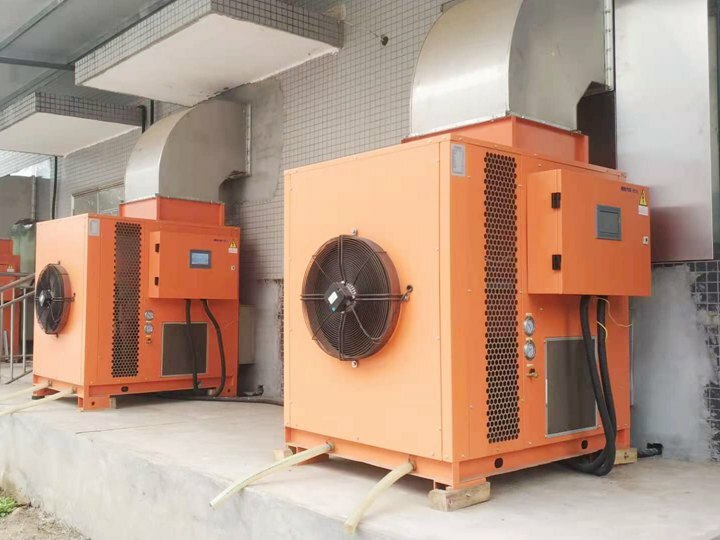
Investment cost: Economic benefits may be the most concerning issue for the purchaser. The initial investment cost will also have a certain impact on your economic benefits in the long run. Take the drying room as an example, the traditional electric heating equipment is cheaper than the air energy heat pump heating equipment, but the air energy heat pump can save you more electricity in the subsequent use process.
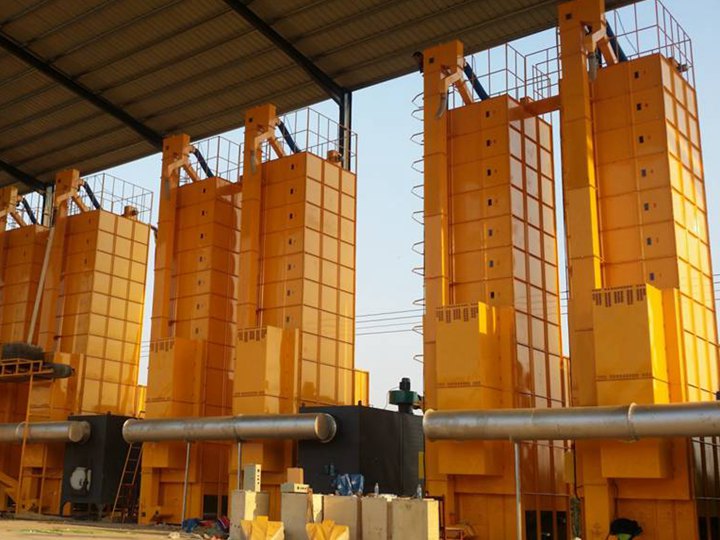
Output size: The size of the output directly determines your economic benefits and it’s often limited by the size of the machine. Take the cereal dryer as an example. If the amount of cereal you need to dry is huge, then perhaps you can connect several drying equipments in parallel to achieve a larger output, as shown in the figure below. Large-volume machines often have relatively high prices, but they can also bring you greater economic benefits.
Of course, the above is just a list of some relatively important factors. There are also some factors that have a certain impact on the selection of the dryer, such as the floor space of the drying equipment, environmental protection issues, the level of machine operators and the maintenance of later equipment, etc.
If you still feel confused about these problems, please contact us directly. We have the professional technical staff to provide you with the most professional advice.
The different kinds of drying machine
The most important factors in drying machine selection
Do you know the most important factors in drying machine selection? Yes, it is the quality of dried products, which is often the most concerned issue of buyers.
Our company is a top-level machinery manufacturer and machinery supplier who has a history of decades. We integrating design, R&D, production, sales and service with a complete industrial chain. In the field of dryers, we have mastered advanced technology and rich experience. With the advantages of technology and high quality of products, our dryers have won unanimous praise from consumers.

Moreover, we can show you the drying effect of the product in the factory. You can send the raw materials to us, or directly use our materials for drying to see whether the product meets your expectations

